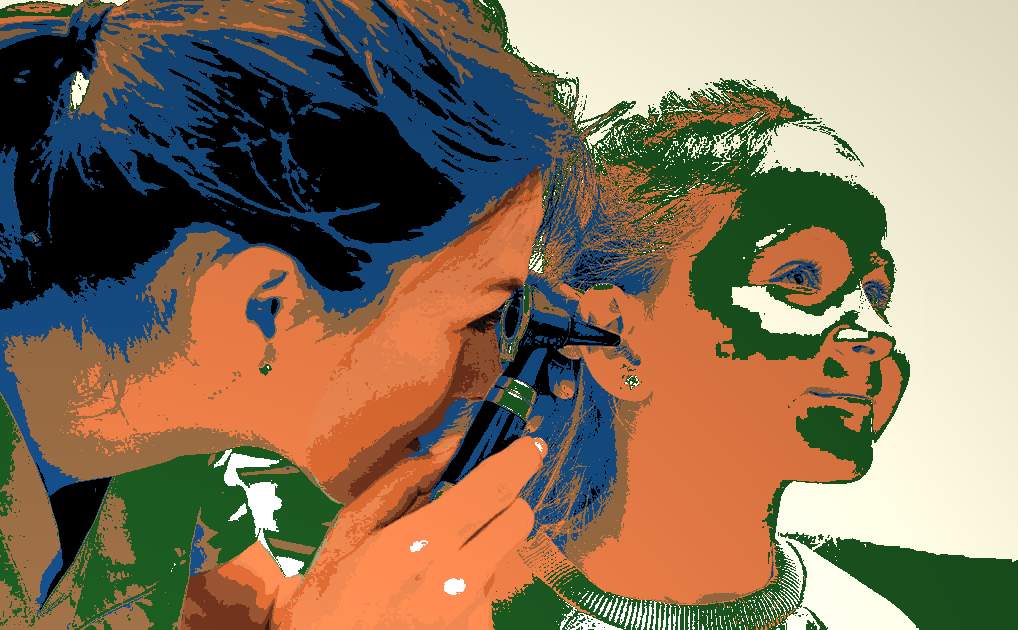
Aim: Identify inpatient stays that might be treated as outpatients.
Cases: A hospital stay is unjustified, if none of the following conditions is met:
- at least one diagnosis requiring “almost always” or “sometimes” a hospitalization (Diagnoses);
- more than two vital organ failures among the following systems: respiratory (chronic respiratory failure), cerebral (degenerative disease of brain, dementia), cardiac (heart failure), hepatic (liver cirrhosis), hematologic (coagulation disorders), renal (chronic nephropathy, end stage renal disease);
- cardiac dysrhythmia with cardiac failure;
- hallucination or delirium, except if the patient lives in a nursing home;
- pneumonia among children (less than 7 years old) in presence of significant comorbidities (cardiac congenital malformation, heart failure, other disease of large vessels, interstitial pulmonary disease, acquired immunodeficiency syndrome, other immune disorder).
Eligible stays: Essentially stays in medicine or pediatrics. Hospitalizations for a surgical intervention requiring a surgical theater (with “yes” or “one day” in procedures list), with chemo-, radiotherapy, elective alcoholic withdrawals (Z502 diagnostic or 9462 procedure codes), or related to obstetrics (delivery, abortion) are excluded. Patients admitted and discharged the same day, and patients admitted after 6 PM and discharged the next day are also excluded, considering that some time might be required to exclude severe diagnoses (meningitis or cerebral attack, for example). Newborn (less than one year) are excluded, because it is difficult to evaluate the prognosis from minimal data set.
Output files: The results are given globally in UnjustifiedStays.xlsx Excel file. Detailed results are given per hospital stay in Eligible_cases.txt file.
Interpretation: Only medical criteria are applied to assess the justification of hospital stay and this is made a posteriori. For instance, a beaten child hospitalization whose purpose is to temporarily remove him from his parents might be justified by social consideration but does not bring any added medical value in the strict sense. Furthermore, a patient might be hospitalized to exclude severe illnesses (e.g.: viral meningitis or stroke), sometimes requiring more than one day or night duration. Although it is impossible to prevent completely such unjustified stays, it might be interesting to analyze their causes if they are to frequent (observed rates > expected ones). We suggest the following list:
| A. Conditions related to hospitals | |
| A1. Monitoring for suspicion of serious illness | |
| A2 Programmed operation not performed | |
| B. Conditions related to impossible care at home | |
| B1. Treatment of pain | |
| B2. Lack of security at home | |
| B3. Remoteness of patient’s reisdence | |
| B4. Specialized skills not available in ambulatory setting | |
| B5. Wound dressing or care | |
| B6. IV antibiotherapy | |
| B7. Pareneral nutrition | |
| B8. Other | |
| C. Conditions related to patients | |
| C1. Lack of compliance of the patient | |
| C2. Bedridden or very fragile patient | |
| C3. Lack of compliance of the patient | |
| C4. Isolation of immune-suppressed patient | |
| D. Unknown cause | |
| D1. Severity of the illness unknown D2. Unknown | |
| D2. Unknown | |
Strength of the indicator: The indicator is easy to apply and the use of the review tool allows a fast evaluation of the causes, sometimes needed to complete medical records in order to understand why home care was not possible. Possible improvements to reduce unjustified stays include speeding up the exclusion of severe diagnoses at the emergency center (less than 24 hours), expanding home services (if profitable), and strengthen community ambulatory care. If the issue is mainly due to poor sorting of patients on admission to the hospital, it is also possible to reduce the number of hospital beds.
Limitation: Excluding unjustified stays from inpatient financing is not recommended, since it could affect the safety of care.
